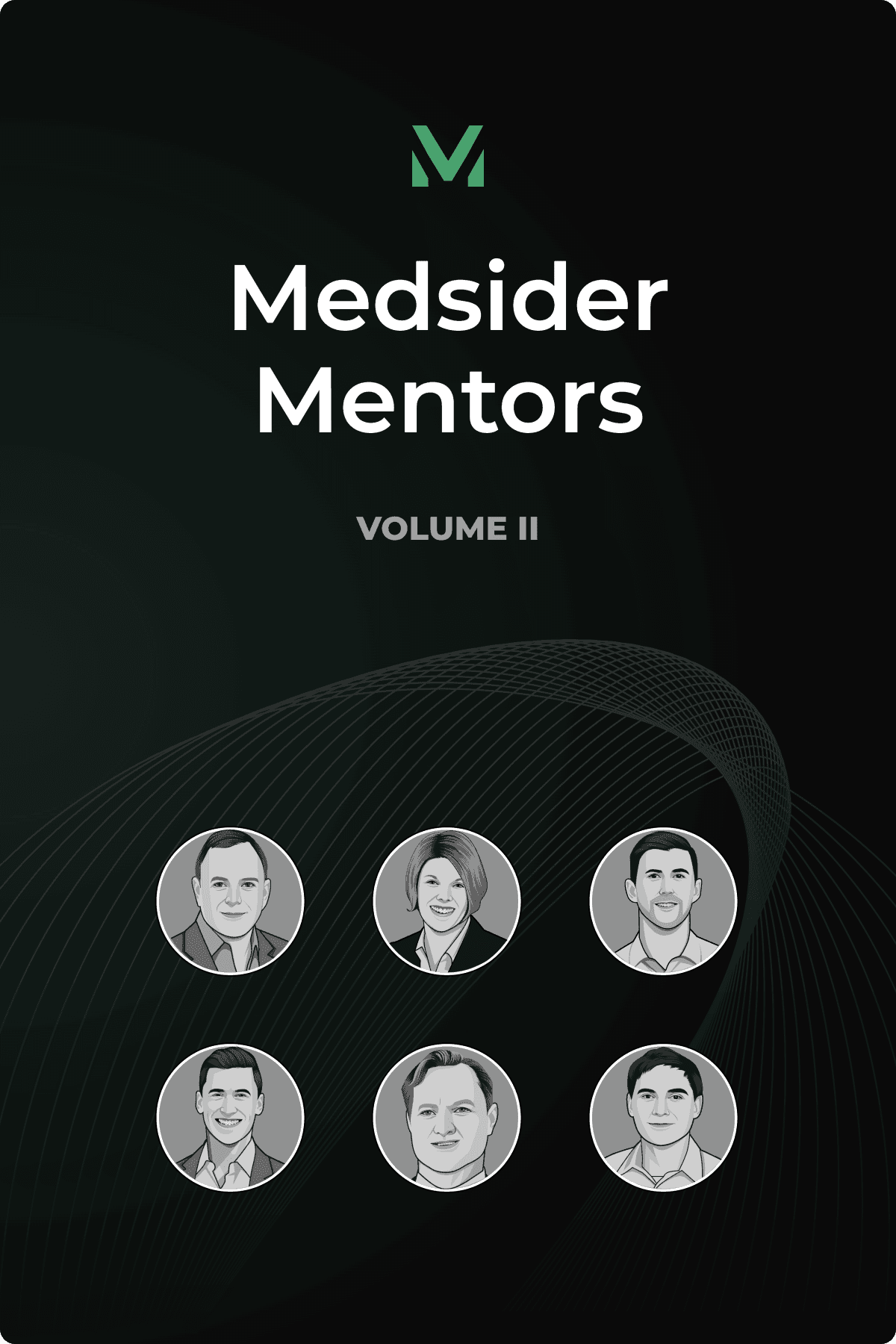Why Early Risk Retirement is the Best Investment You Can Make
Interview with Dr. Sam Mazin, Co-founder and CTO of RefleXion Medical

Dr. Sam Mazin, co-founder and CTO of RefleXion Medical, was trained in computer engineering at the University of Waterloo. After falling in love with technology, Sam initially intended to focus on communication technologies. At least until his academic advisor tuned him into the completely foreign world of biology.
As Sam continued exploring and taking classes in that space, he developed a deep passion for medical imaging, which led to him dipping his toes into the field of radiation therapy.
This inspired Sam to eventually co-found RefleXion Medical, a therapeutic oncology company with a novel technology that marries positron emission tomography (PET) and computed tomography (CT) with radiotherapy.
Named SCINTIX™, this groundbreaking technology leverages live, continuously-updated data throughout the entire treatment session to determine exactly where radiotherapy treatment should be delivered.
SCINTIX therapy utilizes a single radiopharmaceutical injection to transform cancerous tumors into biological beacons that will then transmit signals to communicate the location of the cancer cells. These emissions are received by PET detectors on the RefleXion machine, which will then deliver treatment accordingly.
With this technology, patients with tumors in the lung or bone resulting from primary and metastatic cancer can receive more targeted radiotherapy treatment with a reduced risk of toxicity, potentially resulting in better patient outcomes.
Since its birth in 2009, RefleXion Medical has raised nearly $400 million from premier investment firms, won the 2022 Pantheon Award from California Life Sciences, and received marketing clearance from the U.S. Food and Drug Administration (FDA) for its SCINTIX biology-guided radiotherapy.
In this episode of Medsider, Sam talks about how early-stage risk retirement and investor pitching contributed to the success of RefleXion. Sam also discusses how medtech entrepreneurs can make better-informed decisions on the type of clinical studies to run in order to facilitate regulatory approval and the clinical adoption of their products.
Key Learnings from Sam's Experiences
Test and tackle the highest-risk concepts of your product in the early stages. This is one of the most efficient ways to put your initial, and often limited, capital to use.
Talk directly to the appropriate audience when determining the type of clinical studies to run. You should design your clinical programs around what a single consumer wants to see from your research instead of trying to meet the needs of different user groups through a single study.
It's never too early to start raising capital. Instead of waiting until you’ve perfected your product, start reaching out and pitching to potential stakeholders as soon as you can. And don't be afraid to re-approach investor groups that previously said "no."
You May Like These Articles
Medsider Premium
Become a premium member and unlock access to exclusive Medsider benefits.



